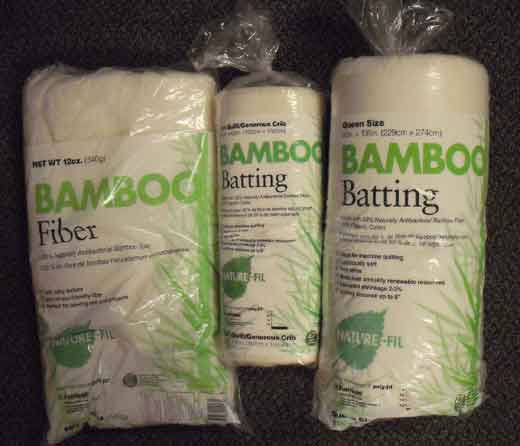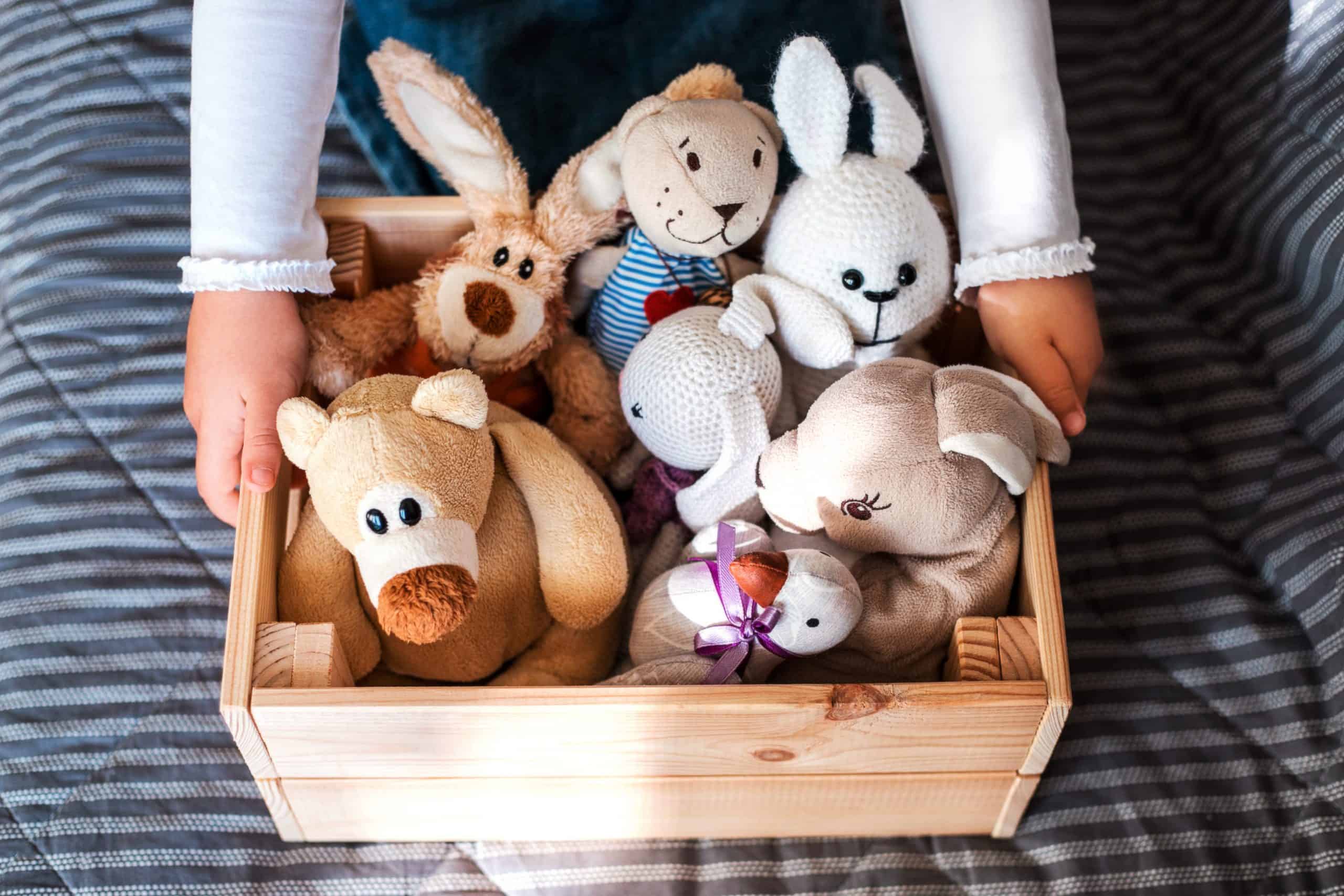Eco Friendly Stuffing For Toys
Today we discuss Eco Friendly Stuffing For Toys. First things first, what does “eco-friendly” mean? It’s all about being kind to our planet by using materials and practices that have a minimal impact on the environment. And when it comes to stuffing toys, we can make a big difference by choosing eco-friendly options.
You might be surprised to learn that many traditional stuffing materials, like polyester fibers, are not very eco-friendly. But don’t worry, there are plenty of alternatives that are both soft and gentle on the planet. So let’s dive into the wonderful world of eco-friendly stuffing for toys and discover some great options together!
 Source: funkyfriendsfactory.com
Source: funkyfriendsfactory.com
Eco Friendly Stuffing for Toys:
As the world becomes more conscious about environmental issues, the demand for eco-friendly products continues to rise. This includes a shift toward sustainable and eco-friendly alternatives in the toy industry.
One such area of focus is the stuffing used in toys. Traditional toy stuffing is often made from synthetic materials that are harmful to the environment.
In this article, we will explore the benefits of eco-friendly stuffing for toys, compare it to traditional options, and provide tips for incorporating sustainable play into your child’s life.
Benefits of Eco-Friendly Stuffing for Toys:
Eco-friendly stuffing for toys offers several benefits, both for the environment and for your child’s health. Firstly, eco-friendly stuffing is made from natural materials such as organic cotton, wool, or bamboo.
These materials are biodegradable and do not contribute to the accumulation of plastic waste in landfills. By choosing toys stuffed with eco-friendly materials, you are taking a step toward reducing your environmental impact.
In addition to being eco-friendly, these natural materials are also non-toxic and hypoallergenic. Traditional toy stuffing, particularly those made from synthetic materials, can contain harmful chemicals and allergens that may pose a risk to children. Eco-friendly stuffing provides a safer option for children, especially those with allergies or sensitivities.
Furthermore, eco-friendly stuffing can contribute to a softer and more plush toy. Natural materials have a luxurious feel and provide a cozy experience for children. This can enhance their tactile and sensory development, making playtime a more enjoyable and enriching experience.
The Environmental Impact of Traditional Toy Stuffing:
Traditional toy stuffing is often made from synthetic materials such as polyester or polyfill. While these materials are inexpensive and easy to produce, they have a significant negative impact on the environment. Synthetic materials are derived from non-renewable resources such as petroleum, and their production contributes to greenhouse gas emissions and pollution.
Additionally, synthetic stuffing is not biodegradable. It takes hundreds of years for these materials to break down in landfills, contributing to the growing problem of plastic waste.
Moreover, the microfibers released from synthetic materials during use and washing can make their way into water sources, harming aquatic life. By choosing toys stuffed with eco-friendly materials, you can reduce your carbon footprint and help protect the planet.
Furthermore, traditional toy stuffing often contains chemicals such as flame retardants and volatile organic compounds (VOCs). These chemicals can be harmful to both the environment and human health. When children play with toys filled with synthetic stuffing, they may come into contact with these chemicals, posing potential health risks. By opting for eco-friendly stuffing, you can provide a healthier play environment for your child.
Eco-Friendly Stuffing vs. Traditional Stuffing:
When it comes to choosing between eco-friendly stuffing and traditional stuffing for toys, there are several factors to consider. Firstly, eco-friendly stuffing is made from natural, renewable materials, while traditional stuffing is derived from non-renewable resources. This means that eco-friendly stuffing has a lower environmental impact and is more sustainable in the long run.
In terms of health, eco-friendly stuffing is generally safer for children. Traditional stuffing can contain chemicals and allergens that may trigger allergic reactions or irritate sensitive skin. On the other hand, eco-friendly stuffing made from natural materials is non-toxic and hypoallergenic, reducing the risk of adverse health effects.
Another factor to consider is the overall quality and feel of the toy. Eco-friendly stuffing made from natural materials often provides a softer and more plush texture compared to synthetic options. This can enhance the sensory experience for children and make playtime more enjoyable.
Tips for Incorporating Sustainable Play:
- Encourage creativity and imagination: Foster open-ended play that allows children to use their creativity and imagination. This reduces the reliance on toys and promotes resourcefulness.
- Opt for toys made from sustainable materials: Look for toys made from natural, renewable materials such as wood, bamboo, or organic cotton. These materials are typically more durable and have a lower environmental impact.
- Support eco-friendly toy brands: Research and choose toy brands that prioritize sustainability and eco-conscious manufacturing practices.
- Practice toy rotation and donation: Instead of constantly buying new toys, implement a toy rotation system where toys are periodically rotated to keep playtime fresh. Additionally, consider donating unused toys to reduce waste.
- Teach your child about the environment: Engage your child in conversations about the environment and the importance of sustainable choices. Encourage them to participate in activities such as gardening or recycling to develop eco-friendly habits.
The Future of Sustainable Toys:
The demand for eco-friendly toys and sustainable play options continues to grow as more parents and caregivers prioritize environmental consciousness. Toy manufacturers are increasingly exploring alternative stuffing materials and sustainable manufacturing practices to meet this demand.
As these eco-friendly options become more accessible and affordable, the future of sustainable toys looks promising. By choosing toys with eco-friendly stuffing and adopting sustainable play practices, you can contribute to creating a greener and healthier world for future generations.
Key Takeaways – Eco Friendly Stuffing for Toys
- Eco friendly stuffing for toys is made from sustainable materials like organic cotton and bamboo fibers.
- Using eco friendly stuffing reduces environmental impact and promotes a healthier planet for future generations.
- When buying stuffed toys, look for labels or certifications that indicate the use of eco friendly stuffing.
- Eco friendly stuffing is hypoallergenic and safe for children to play with.
- By choosing toys with eco friendly stuffing, you are supporting companies that prioritize sustainability and ethical manufacturing practices.
Faqs for Eco Friendly Stuffing For Toys:
Eco-friendly stuffing for toys is typically made from natural, biodegradable materials such as organic cotton, bamboo fiber, or recycled polyester. These materials are sourced sustainably and do not harm the environment during production or decomposition.
Many eco-friendly stuffings are free from harmful chemicals, making them safe for children and pets. They provide a soft and cuddly feel to toys, ensuring a delightful playtime experience.
Eco-friendly stuffing helps reduce the burden on landfills as it is biodegradable. When disposed of, it breaks down naturally, minimizing environmental pollution.
Yes, you can wash toys stuffed with eco-friendly stuffing, but be sure to follow the care instructions provided. Organic cotton or bamboo fiber stuffing can usually withstand gentle machine washing or hand washing with mild detergent.
Before washing, it’s important to check if the toy itself is washable. If it is, remove any batteries or electronic components, and securely close any openings. Once washed, allow the toy to air dry completely before giving it back to your child for play.
Eco-friendly stuffing is suitable for most types of toys, including plush animals, dolls, and pillows. However, for toys that require stuffing with specific characteristics such as firmness or flexibility, it’s important to select the right eco-friendly stuffing material to ensure proper functionality.
If you’re unsure about which eco-friendly stuffing is best for a particular toy, you can consult with the manufacturer or check online resources to find recommendations from fellow eco-conscious toy enthusiasts.
Eco-friendly stuffing for toys can be found in various stores specializing in eco-friendly products, as well as online marketplaces. Some craft stores may also carry sustainable stuffing options.
When purchasing eco-friendly stuffing, make sure to read product labels and descriptions to ascertain their sustainability credentials. Look for certifications such as “organic,” “recycled,” or “made from sustainable materials” to ensure you’re getting a truly eco-friendly option.

Source: naturalbabymama.com
Summary
So, here’s what we learned about eco-friendly stuffing for toys:
1. Eco-friendly stuffing is made from materials that are better for the environment than traditional stuffing.
2. Some examples of eco-friendly stuffing include recycled polyester, organic cotton, and natural fibers like hemp or bamboo.
3. Choosing eco-friendly stuffing for toys helps reduce waste and prevents harmful materials from ending up in landfills.
4. Eco-friendly stuffing can also be safer for kids since it doesn’t contain harmful chemicals found in some traditional stuffing.
5. By using eco-friendly stuffing, we can help protect the planet and create a brighter future for everyone.
Remember, making small changes like using eco-friendly stuffing can make a big difference in our world!
